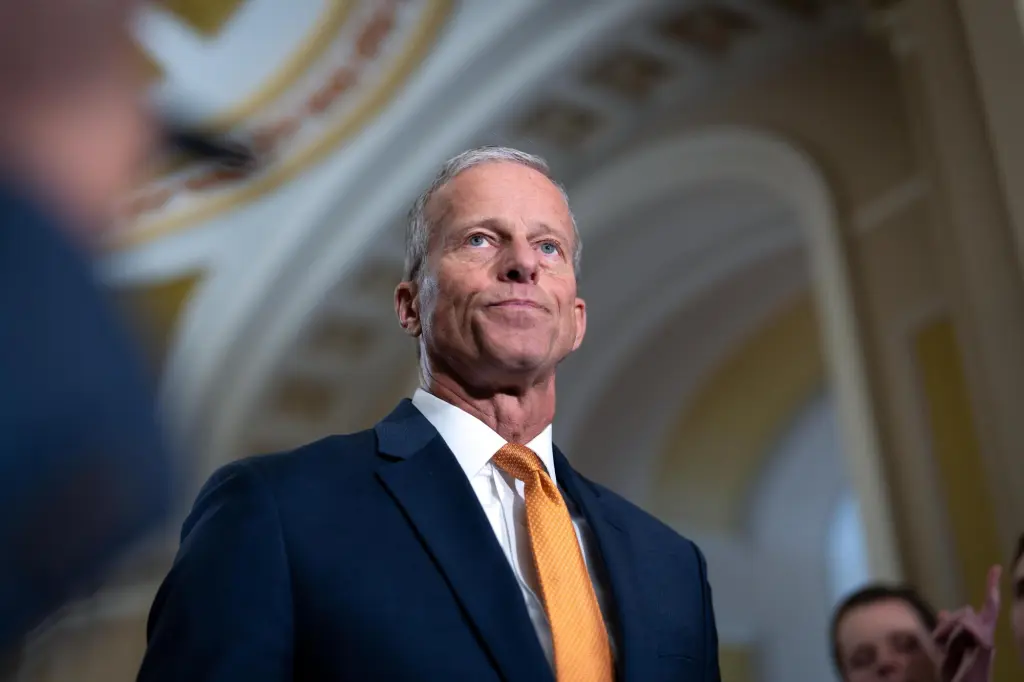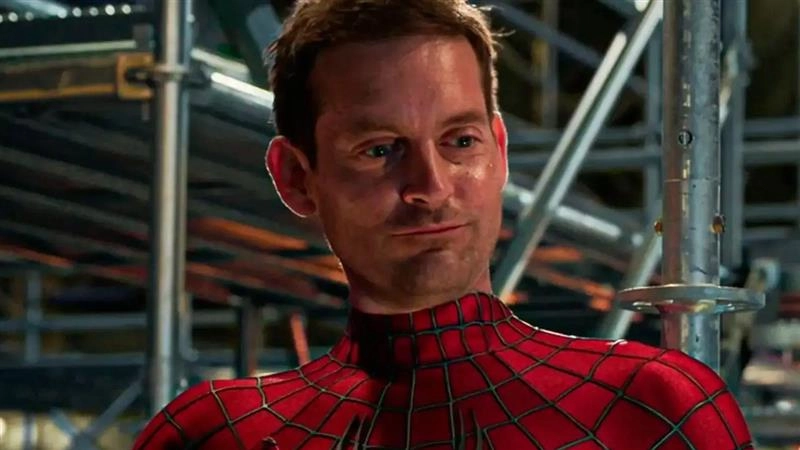Copyright The Daily Beast

The new conspiracy-laden film Bugonia has been described by critics and audiences alike as “bleak.” But the comedy writer who penned the script doesn’t see it that way. In this episode of The Last Laugh podcast, Will Tracy shares how he went from The Onion’s editor-in-chief to winning Emmys for Last Week Tonight With John Oliver and Succession to writing the mind-bending script for Yorgos Lanthimos’ latest collaboration with Emma Stone and Jesse Plemons. Tracy hadn’t even heard of the 2003 South Korean film Save the Green Planet! when his friend, director Ari Aster, suggested he take a look at it for a possible English language adaptation. “There was something in the premise that felt like it could be adapted to a contemporary American context,” he recalls of the story, which focuses on two disaffected young men who kidnap a high-powered CEO they believe to be an alien. While the CEO in the original movie was a man, Tracy originally envisioned the character as an older woman in the mode of General Motors boss Mary Barra, 63. But once Lanthimos agreed to direct the film, there was only one female lead in mind: 36-year-old Emma Stone, who has become that director’s muse in four consecutive films, including Poor Things, for which she won her second Best Actress Oscar less than two years ago. All of a sudden, the character of Michelle started looking a lot more like the disgraced biomedical entrepreneur Elizabeth Holmes. Then there is Michelle’s tormenter Teddy. They needed someone who could be “quite menacing and scary, but also kind of sweet,” Tracy says. He had to have the “subtle comic chops” to pull off the film’s pitch black humor without going “too big” and pushing it into broad comedy. Jesse Plemons, 37, ultimately became the only choice in Tracy’s mind because of how “honest” he is in every performance he gives. “I was just enormously lucky,” the screenwriter says of landing, perhaps, the two greatest actors of their generation in his film’s two lead roles. Plemons’ character, with his true belief in seemingly outlandish conspiracy theories, could have easily become a caricature of the hyper-online American male in 2025. But Tracy was determined to avoid turning him into a stereotypical “incel” or even spelling out which side of the political divide he is on—a trait he happens to share with many of America’s current crop of political assassins. “I wanted him to be a guy who went through all that stuff and didn’t find what he was looking for,” Tracy says, “so he had to create his own reality—of which, by the way, he’s not wrong about everything!” This brings us to the controversial ending of the film and just how right Teddy is about the alien race that he believes is out to destroy humanity. As soon as Bugonia premiered, articles proliferated across the internet that purported to give readers the film’s bonkers conclusion “explained,” but Tracy cautions against anyone walking away from the theater with a concrete idea about the “truth” of his story. “I certainly wouldn’t endorse any article saying, ‘here is the explanation,’” Tracy says of the film’s ending, which—spoiler alert!—reveals Emma Stone’s character really is an alien who ends up deciding to kill the human race because of its failure to coexist peacefully on Earth. The writer admits that it’s “perfectly valid” to consider that outcome “bleak,” but he also sees it as “hopeful” in the sense that “the planet will be much better off without us.” “To me, a bleak ending would be to show the world at the end of a film as it really is and say, that’s how the world is and there’s nothing we can do about it,” he adds. “At the end of this film, we’re seeing something that hasn’t happened, and I’m 99.999% certain will never happen, which is what the world would be missing without us. How can we understand each other and also see what we look like when we’re not yelling at each other? By definition, to me, that’s not really bleak.” Tracy says he never considered writing any other endings, nor did Lanthimos shoot any alternate conclusions. “And it’s a big swing, that ending,” he admits. “So it’s the kind of thing where you could end up in the editing room looking at it and saying, boy, it’s a big swing. I wish we kind of had a few other swings in the old swing bag. But we didn’t shoot in the other ones. Maybe we should have, but I trusted in Yorgos’ ability to execute that ending.” “If you’ve done your job correctly and you’ve written the characters correctly, then the ending is the only place where the car can go, any other direction wouldn’t make sense emotionally,” Tracy continues. “And so I felt that that was the only way to do it. I mean, I guess you could have had an ending where she is just a run-of-the-mill CEO who did a really good job of fooling a guy and she’s set free. That might say something about our culture and our politics, but I think in this case, the scope widens a bit of what the movie can be about.” Tracy starts to compare the end of his film to the final frames of Robert Altman’s Nashville, where the camera pulls back and you see the full stage with the American flag and realize you were watching a movie “that’s bigger than the Nashville subculture that we thought it was about.” “It’s about something bigger, and that might be a possible way to look at the ending of this film,” Tracy says before stopping himself and laughing. “Not to compare myself to Robert F---ing Altman, sorry about that.”



